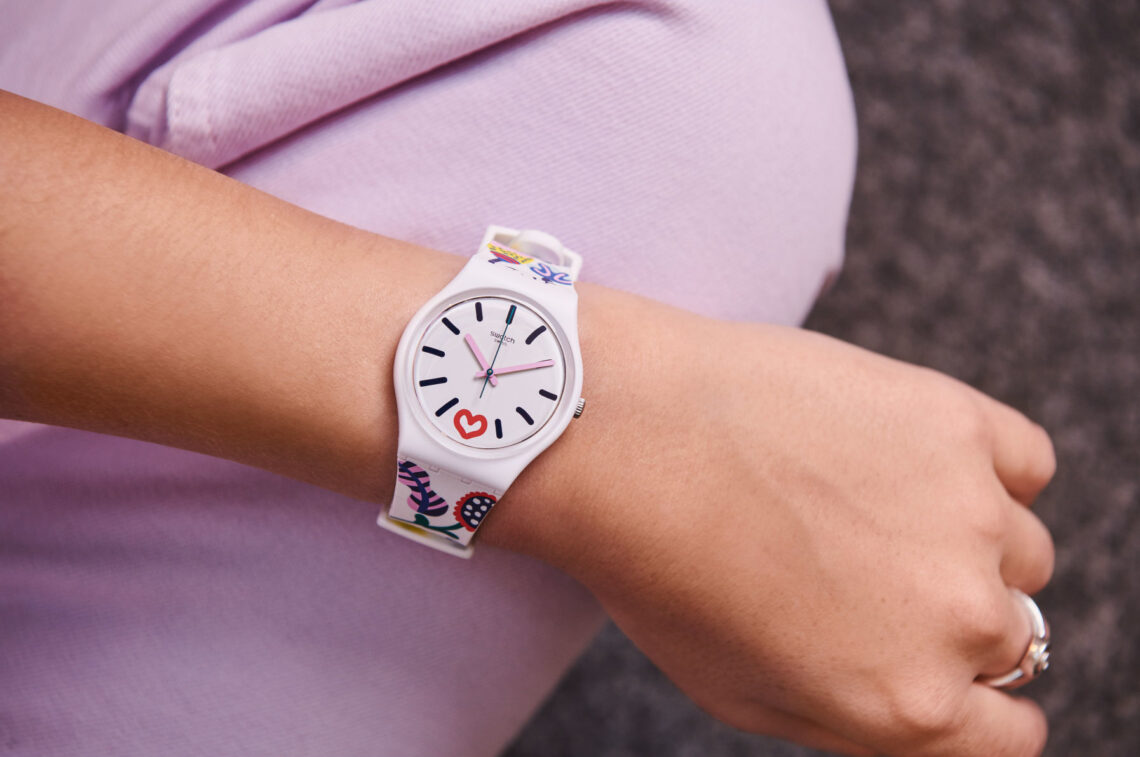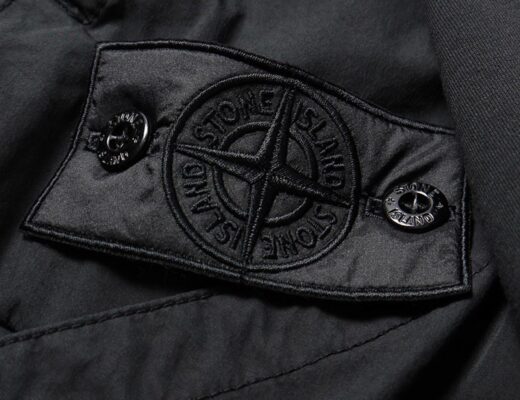Swatch: the brand that emerged during the watch crisis
In the early 1980s, Switzerland began to lose its status as a major producer of luxury watches. The crisis was caused by the reluctance of local companies to embrace new technologies, even though quartz movements had already conquered the world market. However, despite the difficult times, an enterprising businessman decided to revive the fashion for the classics and founded the Swatch company.
The watch crisis hit the Swiss economy hard. The authorities handed over control of the sector to a group of local banks to save the situation. These, in turn, hired Nicolas Hayek, head of the prestigious consulting firm Hayek Engineering. The businessman had extensive experience and was considered one of the country’s best crisis managers. In 1980, he liquidated two major watch manufacturers, ASUAG and SSIH, on the verge of bankruptcy.
Hayek’s thorough analysis revealed that, despite their long histories, the companies had huge problems with technological modernisation. The country’s largest watch companies used outdated management models, ultimately leading to product and distribution problems. Despite this, Hayek saw good potential in developing the sector and advised mergers rather than liquidation. As a result, a new holding company, SMH, came into being in 1983, with Hayek acquiring a controlling stake over the following 12 months.
Creation of the Swatch brand
As an experienced manager, Nicolas’ priority was the business process optimisation. He optimised costs, eliminated unprofitable areas and invested in the automation of all production processes. This approach made it possible to:
– centralise production processes
– improve product quality;
– save money in production;
– produce parts that are interchangeable across all brands.
 Hayek and his new company did not intend to create watches with a luxury positioning and an association with tradition. Instead, they focused on affordable accessories that were relevant to customers. The watches had to incorporate modern technology, but the dial remained classic and not digital. Hayek wanted to keep the fashion for traditional Swiss accessories alive. This was the origin of the Swatch brand and its products, which combined modern trends with classics. The products targeted young people who valued quality and sought their own style.
Hayek and his new company did not intend to create watches with a luxury positioning and an association with tradition. Instead, they focused on affordable accessories that were relevant to customers. The watches had to incorporate modern technology, but the dial remained classic and not digital. Hayek wanted to keep the fashion for traditional Swiss accessories alive. This was the origin of the Swatch brand and its products, which combined modern trends with classics. The products targeted young people who valued quality and sought their own style.
A special feature of Swatch watches was the design – bright and varied, which stood out from the limited choice of colours and straps offered by competitors.
Swatch enters the market
Brand’s first watch appeared in 1983 and quickly gained recognition among customers. However, other watchmakers criticised the new brand for being too extravagant. Hayek ignored their opinions and actively developed the brand. He became an advertisement for his company: he wore 3 to 4 pairs of watches on each hand at the same time, constantly changing them. At the same time, Nicolas managed the company skilfully, introduced a flexible corporate culture, was open to suggestions and actively communicated with his employees.
The Swatch brand launched several collections a year and collaborated with famous designers and artists. Thanks to this approach, Switzerland regained its status as the best watchmaker, respecting tradition and moving with the times.










